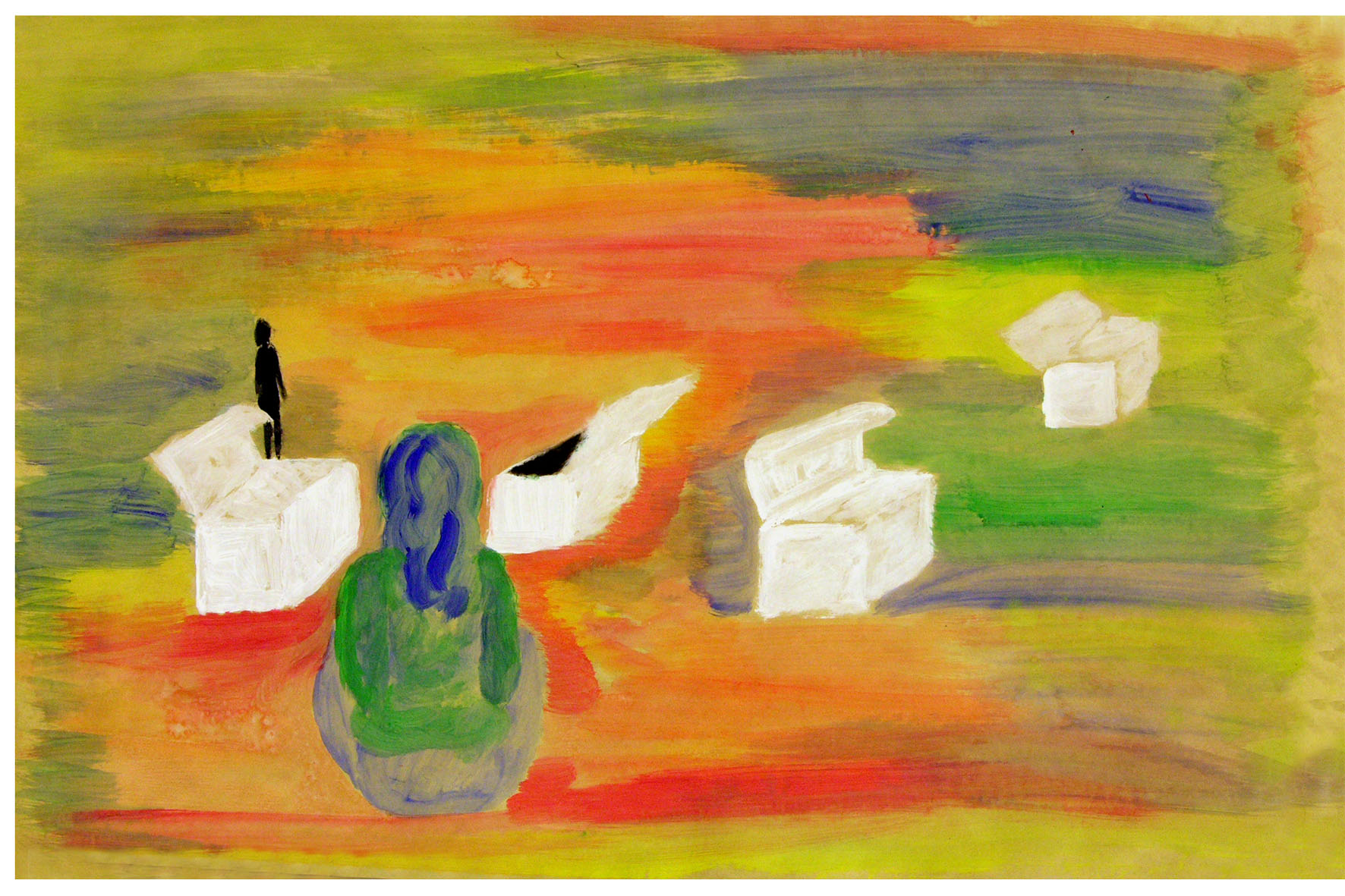Fritz Perls’ legacy

As the original form of Gestalt therapy was finally shaped in the US, the values, norms and ways to view society were characterized by reflecting American views. This is something to take into account when practicing Gestalt therapy in Europe and the Nordic countries. The underlying principles and attitudes must therefore be “translated” to suit our societal norms and values. This implies that in order to adequately practice Gestalt therapy, the therapist must delve into societal functions, traditional culture and the prevalent values of the society in which the therapy is to be practiced.
Gestalt therapy in Denmark
In her work Gestalt Therapy (Original title in Danish Gestaltterapi), the Danish psychologist, gestalt therapist and author Hanne Hostrup outlines that Gestalt therapy entered into Denmark around 1970 with American therapists. At that time in Denmark, there was an uncritical therapeutic vacuum as the traditional psychiatry was being rejected and the search was on for something to replace it with. Denmark was thus an open market for therapy, and the lack of a genuine therapeutic milieu where professional critique could develop formed a fertile soil for new therapies to claim a foothold. As the overseas therapists additionally served their knowledge expertly in combination with a seductive air of confidence, Gestalt therapy soon became a great hit with many Danish therapists.
In another work by Hostrup, she further details how the American gestalt therapists, as long as the form of therapy was new in Denmark, tended to confront the Danish with their tendencies to self-effacement without knowing or taking the Danish modesty into account. For some, this was the beginning of a new and fruitful experience of self-esteem, but for others it turned into an offensive experience. The Danish therapists submitted to the yoke and swallowed Gestalt therapy whole because of the lack of a professional forum where the validity and translatability of the American version into Danish, without losing its idea and method, could be examined.
The current use of Gestalt therapy in the Nordic region
As previously mentioned in Article 2, I have noted certain reluctance against Gestalt therapy, both in my native country Denmark and in Finland, where I currently live and practice. I do not find this hard to understand, as the emergence of Gestalt therapy in both countries (and in the rest of the Nordic countries for that matter) happened under the above-described unhappy circumstances. During the past three to four decades this has been righted to some extent. Many are today able to enjoy the fruits and gains from Gestalt therapy, which is currently a frequently used and valued form of therapy in the Nordic countries.
Personally, I have learnt that there are quite drastic cultural clashes even between the Nordic countries. As my heritage is Danish, I have lived a great part of my life in Denmark. It is there I underwent a great share of my own therapy, received my certification and various further educations, and undergone counseling. As I started working with Gestalt- and art therapy for individual clients, couples, families and groups here in the Swedish-speaking parts of Finland, I had to start paying particular attention to, for instance, tempo- and value differences in the two cultures and make an effort not to sound too offensive, “smart and quick” as in Hanne Hostrup’s above-mentioned example. The issue of “importing therapies” is particularly important to my work in conjunction with practicing family therapy. I experience that there are fundamental differences in the attitude and approach to the value, usability, function of and way of functioning with families.
This article is the fourth in a series of twelve articles on the concept of psychotherapy and the use of psychotherapeutic methods. The following articles in the series will treat some of the principles, concepts and methods of Gestalt therapy.
Text and illustrations: Tine Sylvest
Photographs: Bo Mellberg
The author is a certified Psychotherapist, Art Therapist and Workplace Counselor/Coach born in Denmark, currently living and practicing in the Swedish-speaking parts of Finland.
Next page : The advantages of Gestalt therapy
